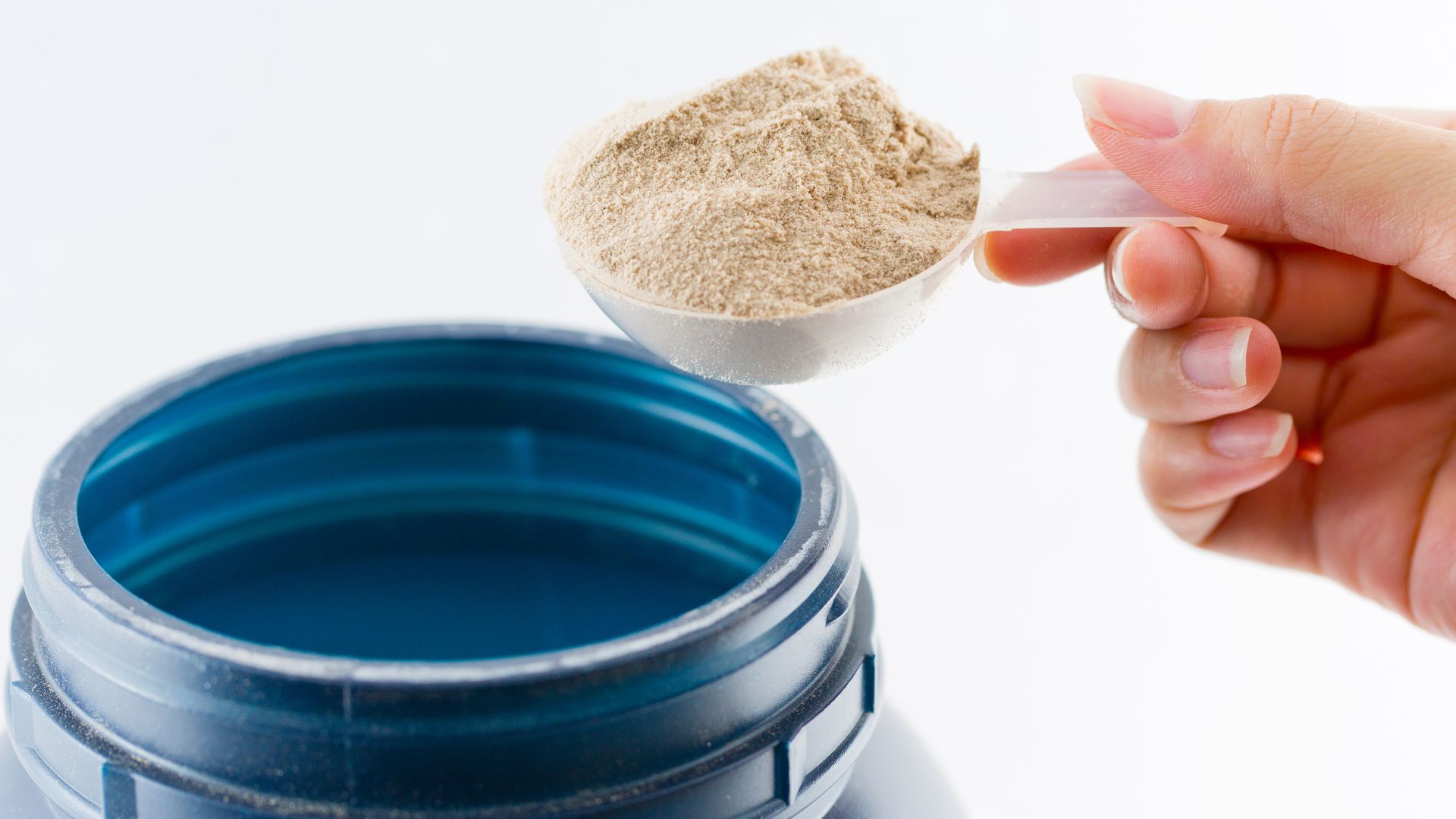Health
The 3 SARMs To Try This Summer

Hello readers, to those of you interested in the most powerful substance for physical fitness then continue reading on.
I will talk about 3 SARMs that I recommend you try out for this summer. These SARMs will get you looking like a mean ripped machine for the summer.
The first SARM I would like to talk about is SR009, also known as Stenabolic. This SARM is not technically A SARM but often mentioned as one.
SR9009 is a metabolic modulator.
It will boost your metabolism and your endurance like no other product.
I was testing my 1-mile time, and I went from running a 6.80-minute mile to running a 5.30-mile time in 8 short weeks.
Truly incredible stuff.
I also become a fat burning machine. I was able to stuff my face and belly without putting on poundage of fat. I felt like a teenager again!
You remember those days don’t you? The good old days where you could eat whatever you wanted without getting fat.
Well…you could relive those days again by taking SR9009. It’s incredible.
Just remember to not cycle for more than 12 weeks. This is a great product because you will not experience any side effects as long as you take it responsibly. That means no overdosing!
Ok, so another great product to take is LGD-4033. This SARM is a potent one. Want to get those arms ready to be able to show off this summer?
Well than LGD-4033 is your best bet. This SARM also goes by the name Ligandrol. The strength of this SARM is pretty damn impressive.
I gained over 15 pounds of rock solid muscle in just 12 weeks. I felt like a beast in the gym, all my lifts went up by at least 20%.
It was insane, I definitely recommend this SARM if you are ready to take your physique to the next level.
Also You won’t gain water weight. Just pure muscle.
Also due to the potency of this substance I wouldn’t recommend taking it for over 12 weeks straight.
You are going to want to take it daily if you want to get the full effect of LGD-4033.
Just like SR9009, you shouldn’t experience any side effects if you take it responsibly. The key is to take it responsibly.
You can expect to experience similar results as myself if you take the legit stuff (more on that later in this article).
Another great SARM that will improve your physique greatly for the summer is Ostarine. This substance is great for that ripped look.
Want to be chiseled like the statue of David than take it for 12 weeks straight and you won’t be disappointed.
I’m telling you this stuff is amazing. What it does is put on muscle as well as burn fat, at the same time!
This is done while you are in a caloric deficit. It makes getting chiseled easy. I lost nearly 20 pounds in 8 weeks while losing no muscle whatsoever.
What other product can you take for those results? Good luck because it doesn’t exist (other than anabolic steroids).
No amount of protein or creatine will give you those results.
Ostarine is one of the oldest and most studied SARMs in existence, so don’t worry about any side effects, as long as you don’t take it for longer than 12 weeks you will experience only the amazing benefits.
Oh, and with all these SARMs your joints and tendons will feel so much better if you have pain. Because SARMs aren’t only for strengthening the muscles but also soft muscle tissue.
Ok, so one important thing to consider, if you want to get all these amazing benefits from these SARMs.
You must get legit high quality SARMs!
Check out my article where I talk about the best source on the market here.
Health
Best Times to Take Whey Protein Isolate for Optimal Results

For anyone looking to build muscle, recover faster, or simply improve their overall nutrition, timing can make a big difference when it comes to protein intake. Whey protein isolate is one of the most efficient and bioavailable sources of protein available — easily absorbed by the body and ideal for supporting recovery and growth. Whether you’re a seasoned athlete or just starting your fitness journey, knowing the best times to take it can help you make the most of its benefits. If you’re looking for a high-quality option, explore premium whey protein isolate in Australia to fuel your results.
1. Post-Workout: The Prime Time for Recovery
The period immediately after your workout is arguably the best time to consume whey protein isolate. During exercise, your muscles experience micro-tears and deplete their glycogen stores. Consuming whey protein isolate within 30 minutes post-training provides your body with fast-digesting amino acids, which help repair muscle tissue and stimulate protein synthesis.
Pairing your shake with a source of carbohydrates can further enhance recovery by replenishing glycogen stores and promoting better nutrient absorption.
2. First Thing in the Morning
After several hours of sleep, your body wakes up in a fasted state. Consuming whey protein isolate in the morning helps prevent muscle breakdown and kickstarts your metabolism for the day. It’s particularly useful if you don’t have time for a full breakfast or if you train early in the morning.
This quick, easily digestible protein gives your muscles a readily available source of amino acids to maintain muscle mass and energy levels throughout the morning.
3. Between Meals to Support Protein Intake
If you struggle to meet your daily protein goals through food alone, taking whey protein isolate between meals is a simple way to boost your intake. This is especially beneficial for those aiming to build lean muscle or lose fat while maintaining muscle mass.
A mid-morning or mid-afternoon shake helps stabilise blood sugar levels and reduces the temptation to reach for less nutritious snacks.
4. Before Bed (When Needed)
While casein protein is traditionally recommended for nighttime use due to its slow digestion, whey protein isolate can also be beneficial before bed in certain cases — particularly for those who train late in the evening or need additional daily protein intake.
Although it digests quickly, it still provides your muscles with amino acids to support repair and recovery during the early stages of sleep.
Optimising Your Protein Strategy
Ultimately, the best time to take whey protein isolate depends on your fitness goals, training schedule, and dietary habits. The most important thing is to ensure you’re consistently meeting your total daily protein needs. Whey protein isolate’s versatility makes it easy to integrate into your lifestyle — from breakfast smoothies to post-workout shakes.
-

 Tech5 years ago
Tech5 years agoEffuel Reviews (2021) – Effuel ECO OBD2 Saves Fuel, and Reduce Gas Cost? Effuel Customer Reviews
-

 Tech6 years ago
Tech6 years agoBosch Power Tools India Launches ‘Cordless Matlab Bosch’ Campaign to Demonstrate the Power of Cordless
-

 Lifestyle6 years ago
Lifestyle6 years agoCatholic Cases App brings Church’s Moral Teachings to Androids and iPhones
-

 Lifestyle5 years ago
Lifestyle5 years agoEast Side Hype x Billionaire Boys Club. Hottest New Streetwear Releases in Utah.
-

 Tech7 years ago
Tech7 years agoCloud Buyers & Investors to Profit in the Future
-

 Lifestyle5 years ago
Lifestyle5 years agoThe Midas of Cosmetic Dermatology: Dr. Simon Ourian
-

 Health7 years ago
Health7 years agoCBDistillery Review: Is it a scam?
-

 Entertainment6 years ago
Entertainment6 years agoAvengers Endgame now Available on 123Movies for Download & Streaming for Free
